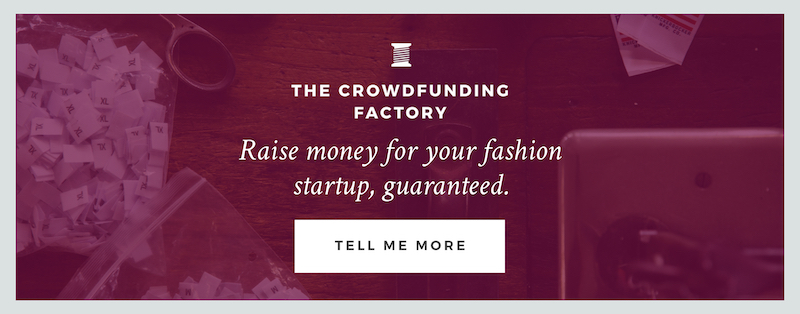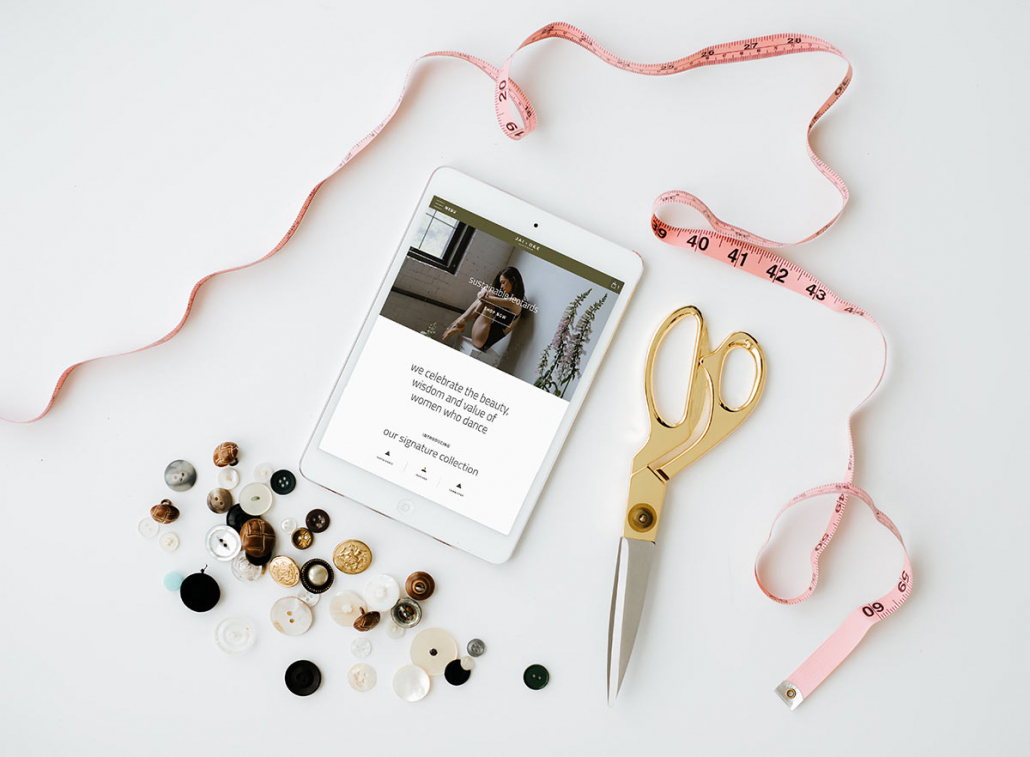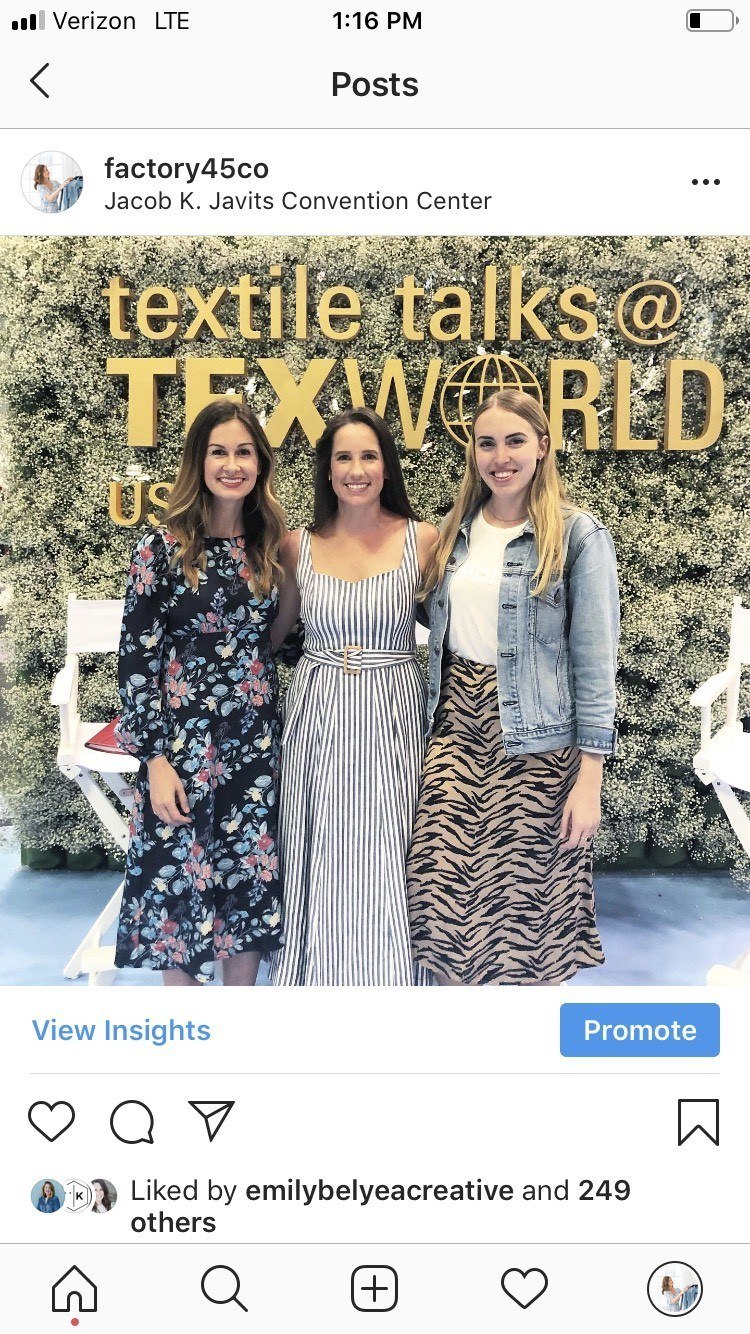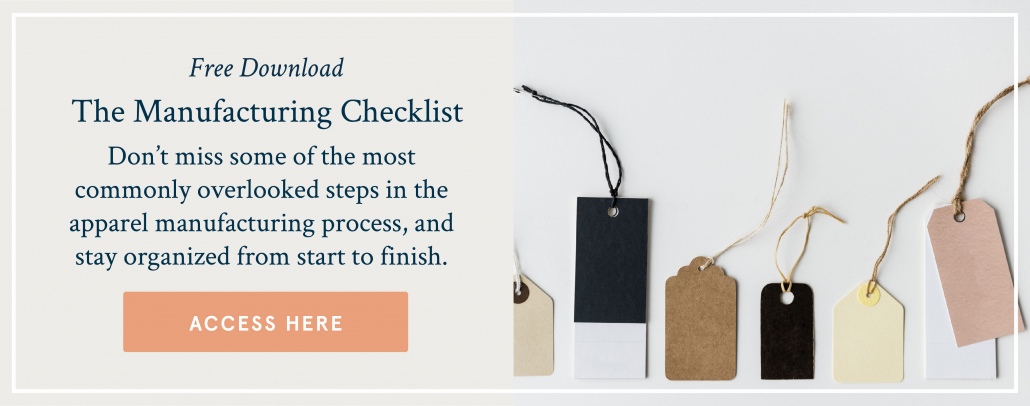In the lead up to becoming an entrepreneur, I was a waitress.
I’ll clarify:
I was a waitress at a rowdy Irish pub turned late-night bar in the tourist district of downtown Boston.
I spent the summer of 2009 working six nine-hour shifts a week, serving up to 24 tables at a time — often by myself.
We were constantly understaffed, with myself and three other waitresses on rotation, and we spent the entire summer clamoring over each other for the chance to be promoted to bartender.
The best shift was Thursday night.
It was just one waitress and Ian, the Thursday night bartender, and the waitress had control of the entire floor which meant you got to keep 100 percent of your tips (there were no bussers in this place).
When it was my turn for this shift, I would mentally and physically prepare.
I’d make sure I was stocked up on silverware roll-ups, that the menus were wiped down from yesterday’s beer sludge and that the outside chalkboard clearly promoted our daily special of 2 dollar Molsons.
And then from 4-11pm, I would work harder than I have ever worked before.
At the peak of it all, I remember holding a menu and someone’s check in my mouth while pouring a draught beer with one hand and balancing two plates of food on the other hand.
After several shifts like this, I came in one Thursday night and Ian said something I haven’t forgotten in 10 years.
“Shannon, our food and bev sales are always up 15 percent every time you work. What are you doing differently from everyone else?”
At the time, I didn’t have a good answer for him.
But years later, I often think back to those days in the service industry and now know exactly what I did differently.
(And no, it’s not that I worked harder — I didn’t bring you through this entire story for that.)
It’s something that you, as a fashion entrepreneur, can duplicate and implement:
Make a Frequent, Specific Ask.
Instead of, “Can I get you anything else?”
I would say, “Another IPA?” before the pint glass was empty.
Instead of, “Are you ready for the check?”
I would say, “Our brownie sundae is amazing. The best in Faneuil Hall.”
I was on a constant loop around the restaurant, ensuring that no one was sitting around waiting for me when there was money to be made.
And that ties back to the mistake that I see so many startup fashion brands making.
You’re waiting for your customer to come to you.
You’re not sending out emails every week, you’re not making it clear what your brand has to offer and you’re not enticing the sale.
It’s all well and good to say, “Well, I’m not salesy and I’m going to do it my way and Shannon, you were just promoting binge drinking and diabetes.”
And while, okay, that may be true (a girl’s gotta make a living) — if you don’t make the sale, then you don’t have a business.
It doesn’t matter if you’re selling beer, brownies, jackets or dresses.
Instead of sending out an email to your list once a month about your entire collection, send out an email once a week featuring one specific product in that collection.
Frequent & Specific.
Build a 2-3 part email series around each product that highlights certain defining features, such as fabric or fit or customer feedback or its insanely low return rate.
Frequent & Specific.
Create a two-week, daily social media campaign around the re-launch of your best-selling product.
Frequent & Specific.
Every time you get in front of your ideal target customer, whether it’s through email or social media, you’re asking for them to get behind your brand, support what you’re building and show that support by purchasing from you.
The way you make that Ask matters.
I should know — the next summer I came back as bartender.























